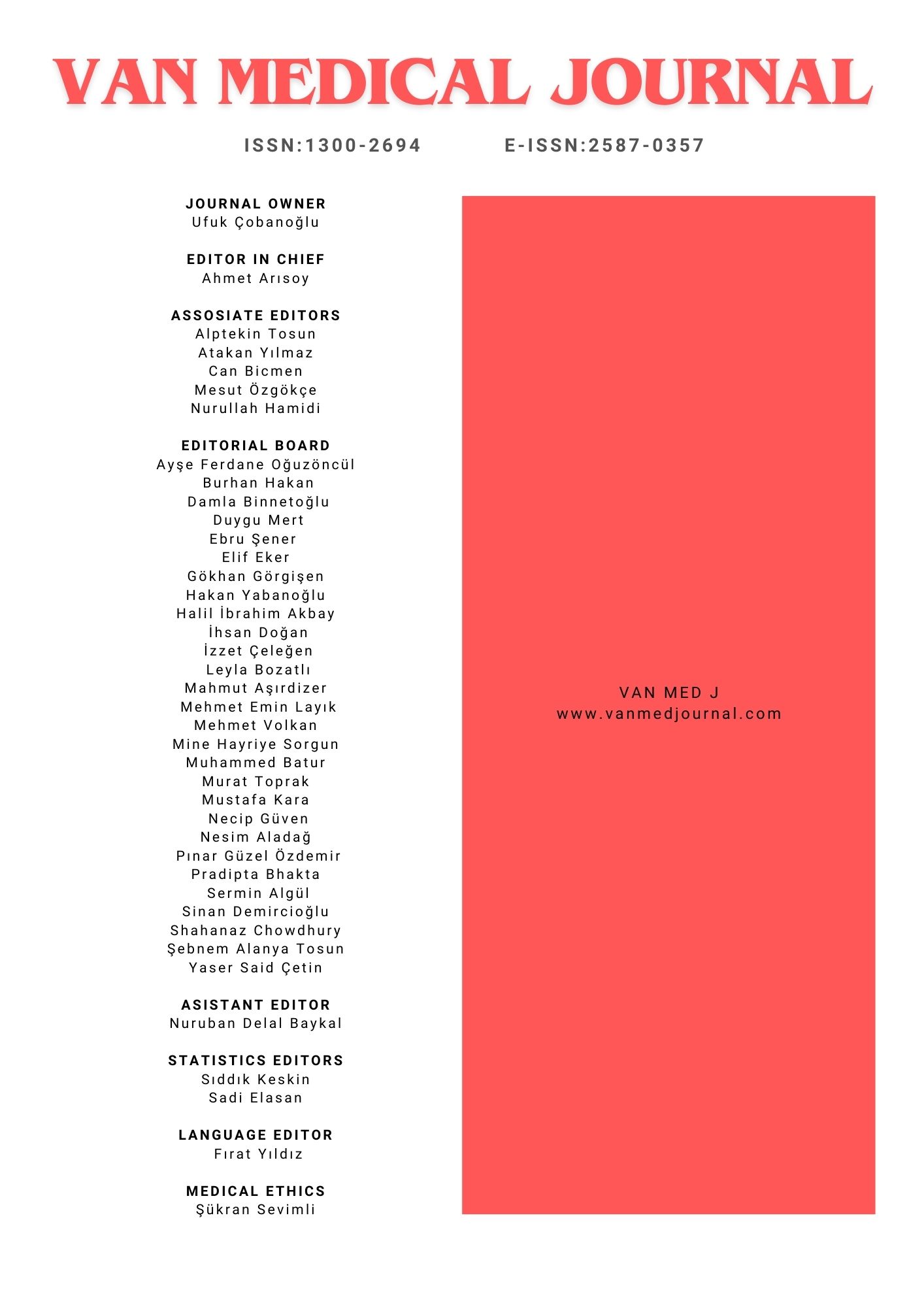Long term effects of subfascial drainage for iatrogenic durotomy in lumbar spine surgery
Atilla Kırcelli1, İlker Çöven2, Ekrem Yalçın31Baskent University, Istanbul Practice and Research Hospital, Department of Neurosurgery, Istanbul, Turkey2University of Health Sciences, Konya Education and Research Hospital, Department of Neurosurgery, Konya, Turkey
3Lokman Hekim Hospital, Department of Neurosurgery, Van, Turkey
INTRODUCTION: Dural tears (DT) are one of the most frightful and most important complications that can be encountered in lomber surgeries. In our study, we were investigated the repair methods of DT or durotomies following posterior lumbar surgery and the efficacy of subfascial drainage on the treatment.
METHODS: 32 Patients who developed postoperative cerebrospinal fluid (CSF) fistulae because of posterior dural injury during surgery were retrospectively collected between the years 2011-2016 who underwent lumbar disc herniation, spinal stenosis, instrumentation-fusion operations such as spondylolistesis, lumbar vertebral fracture and revision surgeries. All patients had postoperative subfascial drain which were removed in group A on day 7 and in group B on day 3.
RESULTS: 373 patients who were operated on due to the lomber pathologies, 32 (8.5%) patients with the posterior DT during surgery were developed CSF fistulae postoperatively. The mean FU period of the patients was 68.5 ± 13.1 days. 6 patients were operated for DT due to pseudomeningocele(PM) (2 patients, 11.1%) and duro-cutaneous fistula(DCF) (4 patients, 22.2%) in group A. 9 patients were operated for PM (3 patients, % 21.4) and DCF (6 patients,% 42.9) in Group B. There were significant differences developing PM and DCF betweeen the groups.(p=0.04 and p=0.05).
DISCUSSION AND CONCLUSION: Many DT repairing methods after lumbar surgeries were identified and still controversial. Intraoperative subfascial drains seems effective in our study, the development of PM and DCF decreases with the length of drainage. Long drainage doesn't cause an additional infection, but it has disadvantages such as prolonged hospital stay and increased treatment costs.
Lomber vertebra cerrahisinde iatrojenik dural yaralanmalarda uzun süreli subfasyal drenajın etkisi
Atilla Kırcelli1, İlker Çöven2, Ekrem Yalçın31Başkent Üniversitesi, İstanbul Uygulama ve Araştırma Hastanesi, Beyin Cerrahi Kliniği, İstanbul, Türkiye2Sağlık Bilimleri Üniversitesi, Konya Eğitim ve Araştırma Hastanesi, Beyin Cerrahi Kliniği, Konya, Türkiye
3Özel Lokman Hekim Hastanesi, Beyin Cerrahi Kliniği, Van, Türkiye
GİRİŞ ve AMAÇ: Dural yırtıklar (DY) lomber cerrahilerde karşılaşılabilecek korkulu ve en önemli komplikasyonlardan biridir. Çalışmamızda posterior lomber cerrahi sonrasında gelişen DY veya durotomilerin tamir yöntemleri, hastalara subfasyal olarak konmuş drenajın tedavi üzerine olan etkinliği incelenmiştir.
YÖNTEM ve GEREÇLER: Hastanemizde 2011-2016 yılları arasında lomber disk hernisi, dar kanal nedeniyle sadece laminektomi yapılmış ve spinal stenoz, spondilolistesis, lomber vertebra kırığı sebebiyle enstrümentasyon-füzyon ve revizyon cerrahisi yapılan hastaların, cerrahi esnasında posterior dura hasarlanması sonucu, postoperatif beyin-omurilik sıvısı (BOS) fistülü gelişen 32 hastanın kayıtları retrospektif olarak çıkartılmıştır. Bu hastaların tamamına intraoperatif subfasyal dren konmuş, drenleri 7. günde çekilen hastalar Grup A da, 3. günde çekilen hastalarda grup B de toplanmıştır.
BULGULAR: Lomber bölge patolojileri nedeniyle opere edilen 373 hastanın 32’sinde (%8.5) cerrahi esnasında posterior dura hasarlanması sonucu postoperatif BOS fistülü gelişmiştir. Hastaların ortalama takip süresi 68.5±13.1 gün idi. Grup A’nın 2 sinde psödomeningosel (%11.1) ve, 4 ünde duro-kutanöz fistül (%22.2) gelişmesi nedeniyle total 6 hasta reopere edilerek DY tamir edilmiştir. Grup B’de ise 3’ünde psödomeningosel (% 21.4), 6 sında duro-kutanöz fistül (% 42.9) nedeniyle total 9 hasta tekrar opere edilerek DY tamiri yapılmıştır. Her iki grup psödomeningosel ve duro-kutanöz fistül gelişim riski açısından birbirinden farklıdır (p=0.04 ve p=0.05).
TARTIŞMA ve SONUÇ: Lomber cerrahi sonrası görülen DY tamir yöntemleri çok çeşitli olmakla beraber tartışmalıdır. Çalışmamızda intraoperatif konan subfasyal drenlerin etkili olduğu görülmekle beraber, literatür ile doğru orantılı olarak drenaj süresinin uzunluğu ile pseudomeningosel ve duro-kutanöz fistüllerin oluşum olasılığını azalmaktadır. Uzun drenaj ek bir enfeksiyon getirmemekle beraber, hastaların hastane de kalış süresinin uzaması, tedavi maliyetlerini artması gibi dezavantajlarıda mevcuttur.
Corresponding Author: Atilla Kırcelli, Türkiye
Manuscript Language: Turkish

